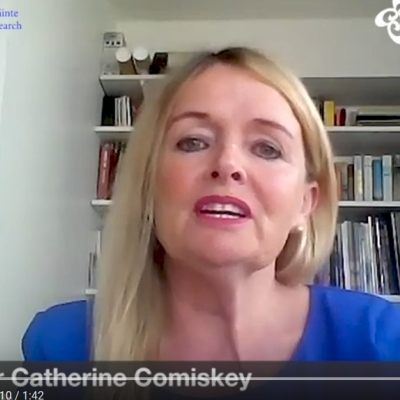News roundup
Published:
Getting a measure of silent infection: a key to COVID-19 recovery planning
Lead researcher: Professor Catherine Comiskey. Funded by: Health Research Board and Irish Research Council. Funding amount: €96,340.

- Professor Catherine Comiskey
In summary
Ireland has taken public health measures such as closing schools and businesses and encouraging social and physical distancing to slow the spread of the COVID-19 virus. Planning for future easing of such restrictions is hampered because we don’t know how many people in the community have been infected with the virus but have not shown symptoms. A HRB and IRC-funded project led by Trinity College Dublin will use mathematical models to estimate the levels of asymptomatic infections, and this will help to inform planners and policymakers about a possible second wave, and when and how Ireland can ease social restrictions related to COVID-19.
The problem
Policy makers and planners in Ireland need to advise on school openings, safety for nursing homes and protection of the vulnerable communities in the COVID-19 pandemic. But we don’t know how many people have been infected with the virus and have not shown symptoms.
The project
A project led by Trinity College Dublin will use back calculation methods and models on data of cases with symptoms, and from this provide crucial estimates about the scale of the asymptomatic COVID-19 population in Ireland
The outcomes
- We will have a better estimate of how many people in Ireland have been infected with COVID-19 but who have not displayed symptoms.
- The information will help planners and policymakers to estimate the critical points and communities where levels of past infection could be protective against the virus.
- This will help to devise plans to ease COVID-19 restrictions Ireland while protecting people from the pandemic and a possible second wave of spread.
Professor Catherine Comiskey of Trinity College Dublin School of Midwifery & Nursing, says:
‘With this project we plan to provide an estimate of the number of people who may have had COVID-19 and do not know they have had it. These are called the asymptomatic cases. Knowing how many people had COVID-19 and their ages will help policy makers make safer decisions on re-opening our communities and hopefully preventing a second wave’.
Professor Comiskey speaks about the project on the HRB You Tube channel.
